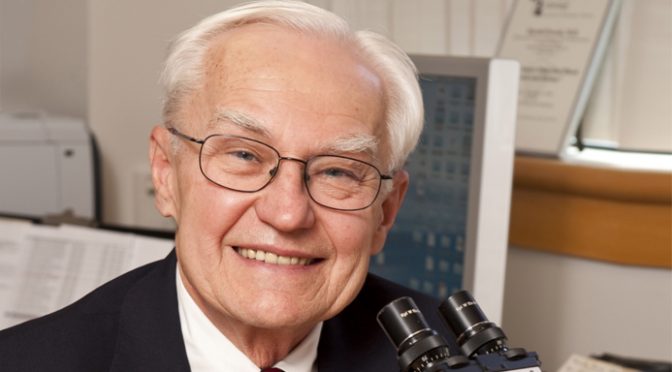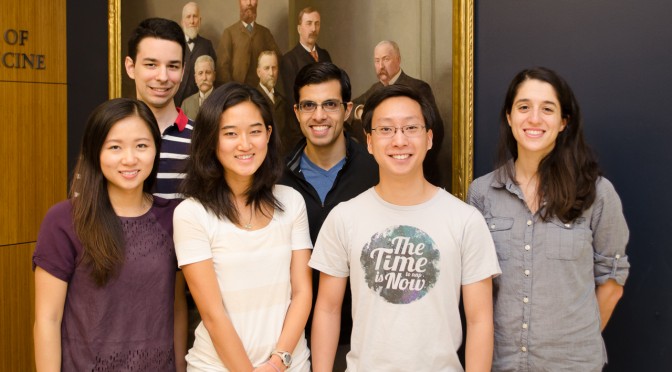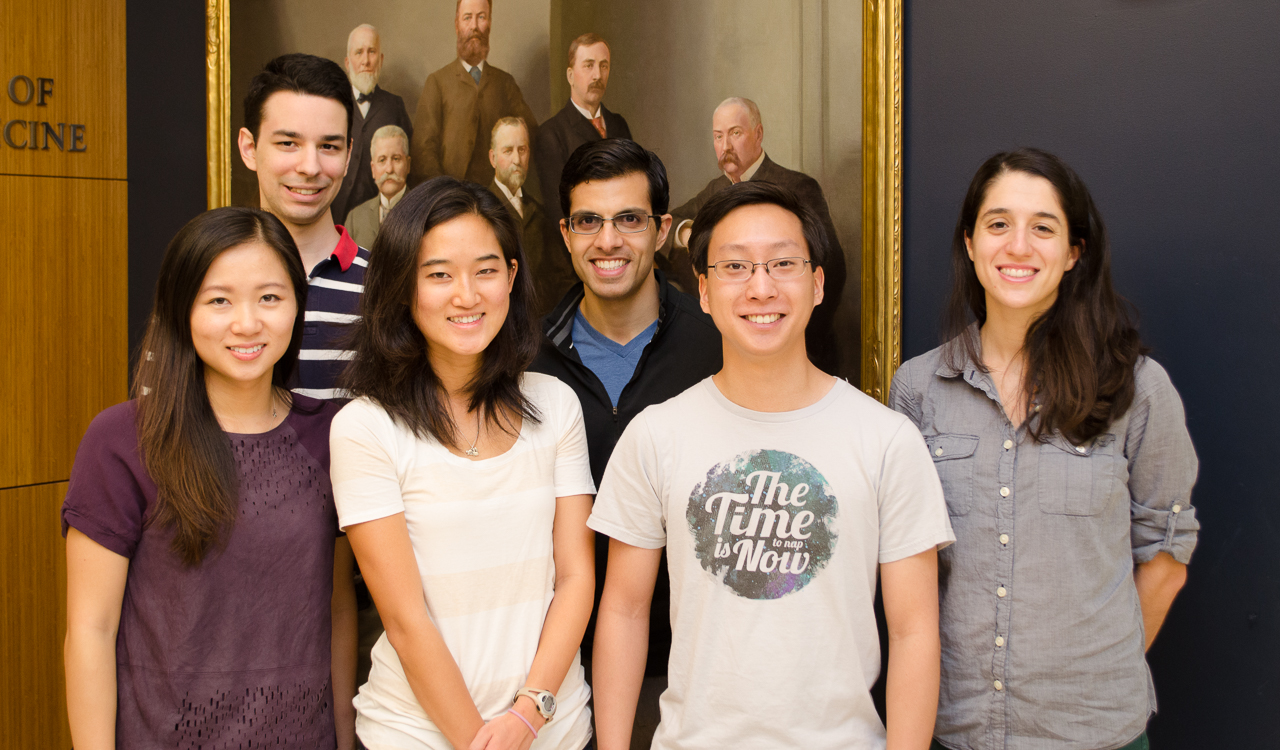The 11th Annual Isner Lecture is scheduled to be held on Wednesday, November 2, 2016, 4 pm at Behrakis Auditorium in the first floor of the Jaharis building. In keeping with the tradition of inviting speakers who have made significant contributions to the field of angiogenesis-related research, this year’s speaker will be Harold F. Dvorak, M.D., credited with the discovery of the Vascular Endothelial Growth Factor (VEGF). Dr Dvorak’s talk is titled “VPF/VEGF, Angiogenesis and Stroma Formation: The Tumor Vasculature as Therapeutic Target”.
About the lectureship & Dr. Jeffrey M. Isner
The Jeffrey M. Isner, M.D. Endowed Memorial Lectureship was established in 2007, in honor of Dr. Jeffrey Isner, a graduate, and later, a faculty member, of the Tufts Medical School. This lectureship is meant to provide an opportunity to bring the Tufts medical and biomedical communities together to “ to reflect upon and consider the pioneering work of Dr Jeffrey Isner.” The lectureship also invites a keynote speaker, chosen from the internationally recognized pioneers in clinical and/or basic science research communities focusing on angiogenesis-related research, vascular biology and cardiovascular medicine.

Dr. Isner was a pioneer himself, as evidenced by his profession as an interventional cardiologist, a nascent medical field at that time. He is also known for his novel therapeutic approaches, such as combining gene therapy and angioplasty to treat blocked blood vessels in patients. While treating a patient in 1994 for a blocked vessel in the leg, Dr. Isner and his team coated the angioplasty balloon with genes to express VEGF in an attempt to observe whether the VEGF protein would be able to promote the growth of new blood vessels that would bypass the blocked artery. While clinical gene therapy applications were still years away, his attempts and results were deemed promising by his peers. Dr. Isner was also actively involved in bringing his approach to the market – he was a founder and a major stockholder in the company Vascular Genetics, based in North Carolina. Not surprisingly, his involvement in the industry resulted in some critics to suggest that this could affect his medical judgement, suggestions that were rejected by Dr. isner. In 2000, the FDA suspended research carried out by the company and St. Elizabeth’s on the grounds of possible improper reporting on death of patients enrolled in the trial. However, in Spring of 2011, his research was allowed to resume and he was additionally awarded a $10 million dollar grant. (Nagourney 2001)
Dr. Isner, who passed away at the age of 53 from a cardiac arrest in 2001, is survived by his wife, Linda Hajjar, and his three children – Joshua, Jessica and Matthew. His motivation to bring novel therapies for cardiovascular diseases from the lab to the clinic stemmed from his will to make a difference, as he said in an interview in 1998 – “… the thing that really motivated me more than anything else is a sense that I don’t want to feel that I was just kind of passing through during this lifetime. I do not want to be just one more person that came and left. I always wanted to do something that could make a little difference.” (Ferguson 2001).
Fun fact – Dr. Isner had a walk-on role in “Seinfeld”, thanks to his friendship with Larry David, the show’s co-director, co-producer and a chief writer.
About the Speaker

This year the Isner Lectureship steering committee has invited Dr. Harold F. Dvorak, MD, Professor of Pathology, Beth Israel Deaconess Medical Center, to deliver the keynote lecture, a choice that is befitting to honor Dr. Isner’s memory given that Dr Dvorak is internationally recognized for his discovery of VPF in 1983, later known as VEGF, and his contributions on understanding tumor vasculature. His work on the role of VEGF secreted by tumors led us to the understanding of tumors as wounds that cannot heal, but are able to sustain themselves by promoting growth of blood vessels (Ribatti 2007). This discovery opened up a whole new facet of tumor biology and a host of potential new avenues for cancer therapeutics. To this date, Dr. Dvorak and his team are working on understanding angiogenesis in tumors to the greatest detail and developing anti-angiogenic therapy for cancer treatment.
Sources –
- http://cvbr.hms.harvard.edu/researchers/hdvorak.html
- http://medicine.tufts.edu/Education/Academic-Departments/Basic-Science-Departments/Developmental-Molecular-and-Chemical-Biology/Isner-Lecture
- Ferguson JJ III. 2001. In Memoriam: Jeffrey Michael Isner 1947-2001. Tex Heart Inst J. 28(4):247-48.
- Nagourney E. 2001. Dr. Jeffrey Isner, 53, Creator of Cardiovascular Procedure. New York Times Nov. 2. 2001. Link – http://www.nytimes.com/2001/11/02/us/dr-jeffrey-isner-53-creator-of-cardiovascular-procedure.html?_r=0
- Ribatti D. 2007. The Contribution of Harold F. Dvorak to the study of tumor angiogenesis and stroma generation mechanisms. Endothelium 14(3):131-5.




